If you plan on getting a new puppy, then potty training is probably the first thing on your mind. It’s the one part of puppy ownership that none of us enjoy. Failure at it is one of the reasons dogs are surrendered to shelters.
The following ten tips for potty training a puppy will help ensure your success. They are the tips I used with my sheltie when I brought him home at eight weeks – he had two accidents (both my fault) and was fully house trained in just two weeks.
#1 – Confined Space
Before your puppy comes home, be sure you are ready by setting up a confined space. Dogs are den animals, meaning they don’t like to “go” where they eat and sleep. Make sure the space is proportionate for your puppy. They should be able to comfortably move around, stretch out in their sleeping area, etc. If your puppy does have an accident in there, it might be too big of a space.
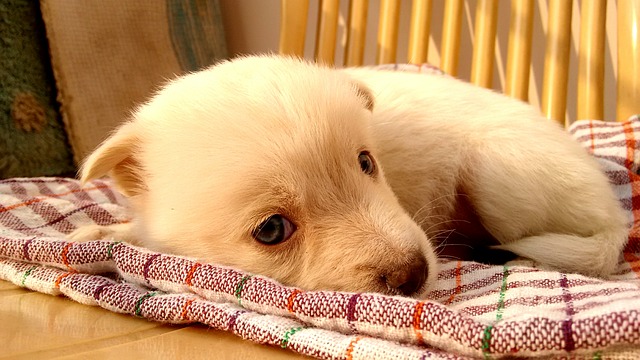
#2 – Say NO to Potty Pads
I don’t use them at all and here’s why: you are allowing your dog to go to the bathroom in the house, which is the exact opposite of what you want! So unless you have a little dog whom you are planning on potty training to pads for life (and even then, I’d suggest a litter box), the potty pads just add a step in the potty training equation that is not only not needed, but can actually slow you down. After all, they are made to encourage your dog to go to the bathroom in the house.
Related: The 15 Easiest Dog Breeds to Potty Train
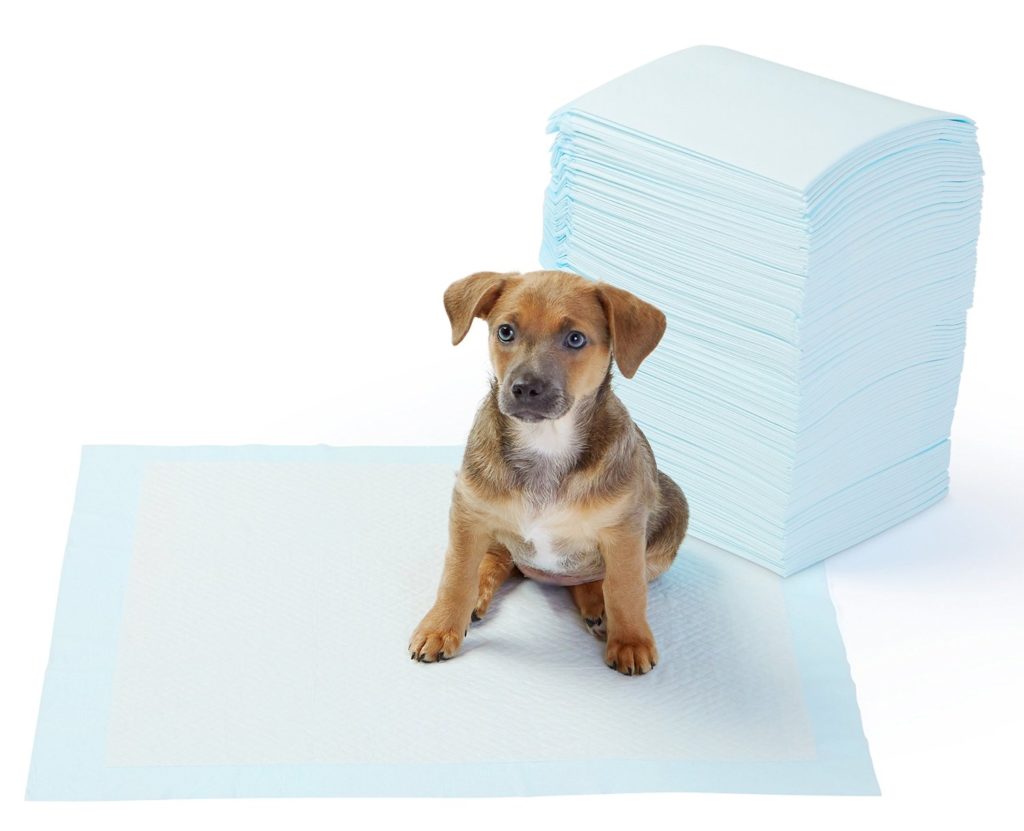
#3 – Crate Train
A crate is one of the best tools for potty training a puppy. Dogs try to avoid “going” in a confined space, so crating encourages them to hold it. Use the crate any time you can’t watch your pup, even if you are just in the shower or on a quick run to the store. Just be mindful of your dog’s bladder and don’t leave a puppy in there too long. If you do and he has an accident, it’s YOUR fault, not his!
Related: 14 Best Furniture & Wooden Dog Crates That Blend In To Your Home

#4 – Have a Set Schedule
If you feed your pup at set times every day, you can get him on a bathroom routine, making it easier on both of you to prevent accidents. You should also plan on heading outside for a potty break immediately after each nap.

#5 – Don’t Punish Accidents
There is no proof that punishment is effective in potty training a puppy. In fact, I know a lot more people who have used punishment methods and are still having potty problems than people who never punished. Your reasoning does not equate to the dog. All he understands is that for some reason you sound very upset about something and you are rubbing his nose where he “went.”
Related: Best Online Dog Training for Puppies
Many dogs think this just means you didn’t want to see it, so next time, they hide behind the couch and go. Now you have a fearful dog that is peeing in places you have no idea about. (Not to mention the reason your puppy had an accident was probably your fault – too slow in taking him out, not watching him close enough, left him confined too long without a bathroom break, etc.)
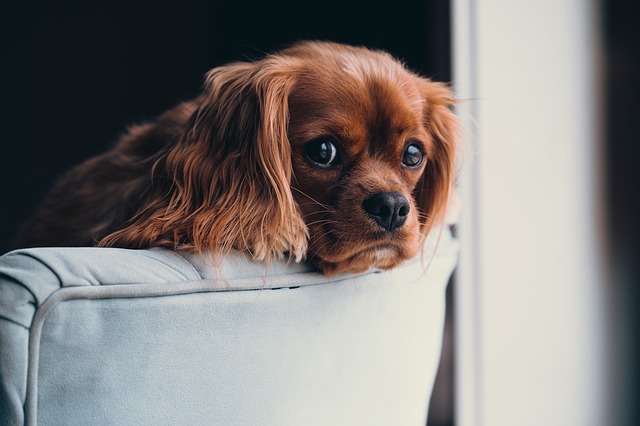
#6 – Reward!
On the flip side, there is strong evidence that rewarding your dog after he goes outside makes an impact. So have a PARTY when your dog potty’s outside. Give him a treat, give him attention, let him run around outside, whatever he loves to do. It’s HIS party!
Related: 10 Best Dog Training Treats
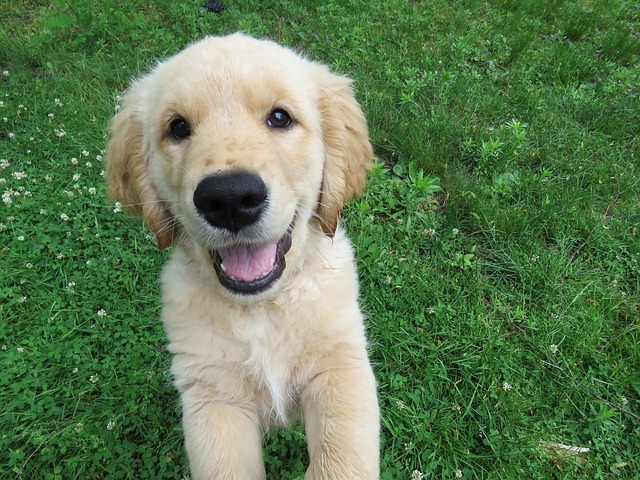
#7 – Take ‘Em Out…
It may sound obvious, but when potty training a puppy, you have to take them out a lot! First thing in the morning, last thing before bed, after a nap, after play time, after mealtime and a little bit after they have had water. These are the main times your puppy will need to go, and often when we forget and accidents happen.
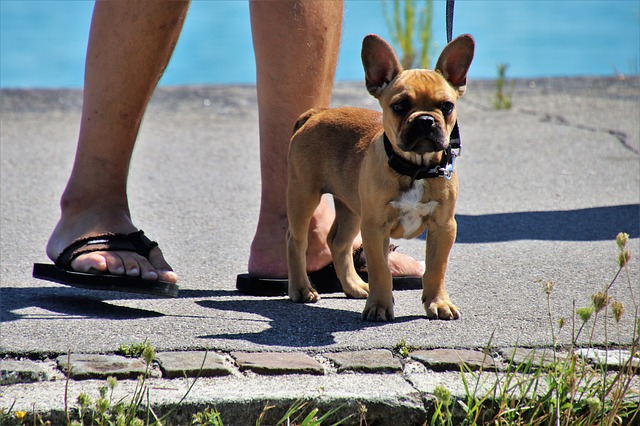
#8 – Watch For Signals
Suddenly getting distracted from the toy or whatever she was doing, sniffing around, circling or whining can be signs an accident it about to happen. Take your pup out as soon as you see these signs. And no, you can’t wait for a commercial, or take time to finish your food while it’s hot. If you do, your puppy will have an accident and you have no one to blame but yourself.
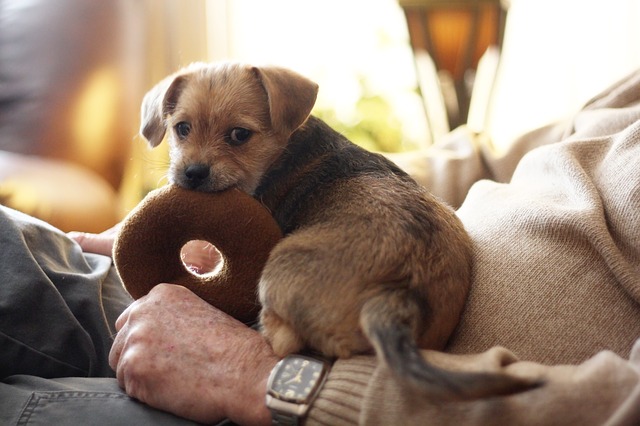
#9 – Tether to You
Don’t let your puppy have the run of the house until he is all potty (and chew) trained. A great way to keep him with you and allow him to explore at the same time is to tether him to you with a leash or a cord wrapped around your waist. This way he can have time out of the crate or confined space, but can’t wander too far and you can keep an eye on him.
Related: 7 Best Hands Free Dog Leashes

#10 – Clean Accident Area Thoroughly
This is very important when potty training a puppy! Once a dog has gone in an area, the smell lingers and your dog is more likely to go in that spot again. So, be sure to thoroughly clean any accidents with a good enzymatic cleaner that eats/destroy odors, and doesn’t just mask them. Remember, just because you can’t smell, doesn’t mean your dog can’t.
A professional trainer can be extremely helpful when navigating potty training and behavioral issues, but not all pet parents have the time to attend classes. Online training is a convenient solution.
 Toledo, United States.
Toledo, United States.